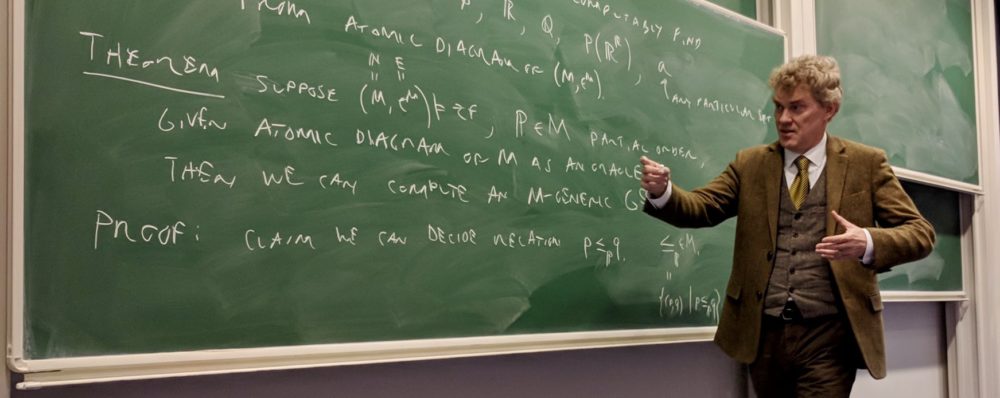[bibtex key=ApterCummingsHamkins2006:LargeCardinalsWithFewMeasures]
We show, assuming the consistency of one measurable cardinal, that it is consistent for there to be exactly

[bibtex key=ApterCummingsHamkins2006:LargeCardinalsWithFewMeasures]
We show, assuming the consistency of one measurable cardinal, that it is consistent for there to be exactly
